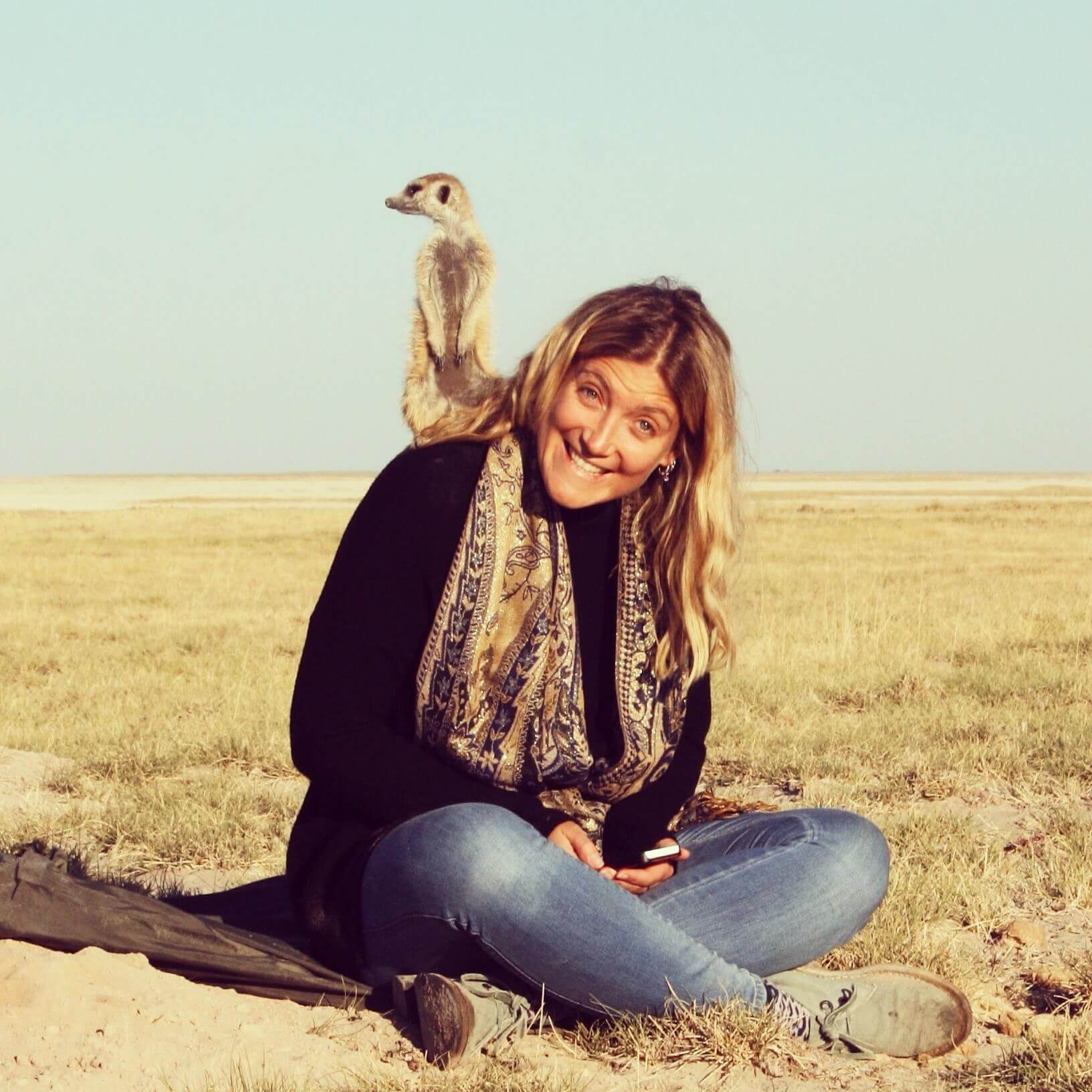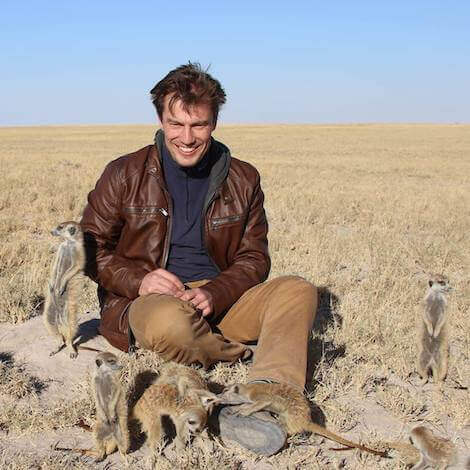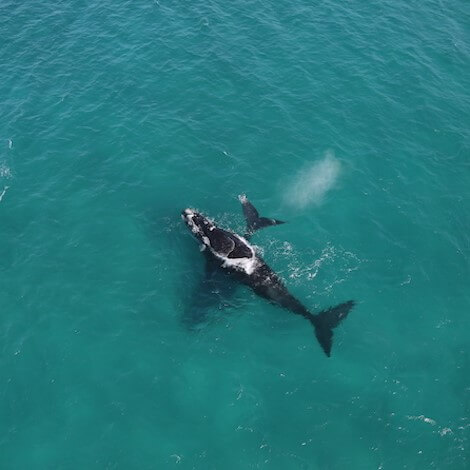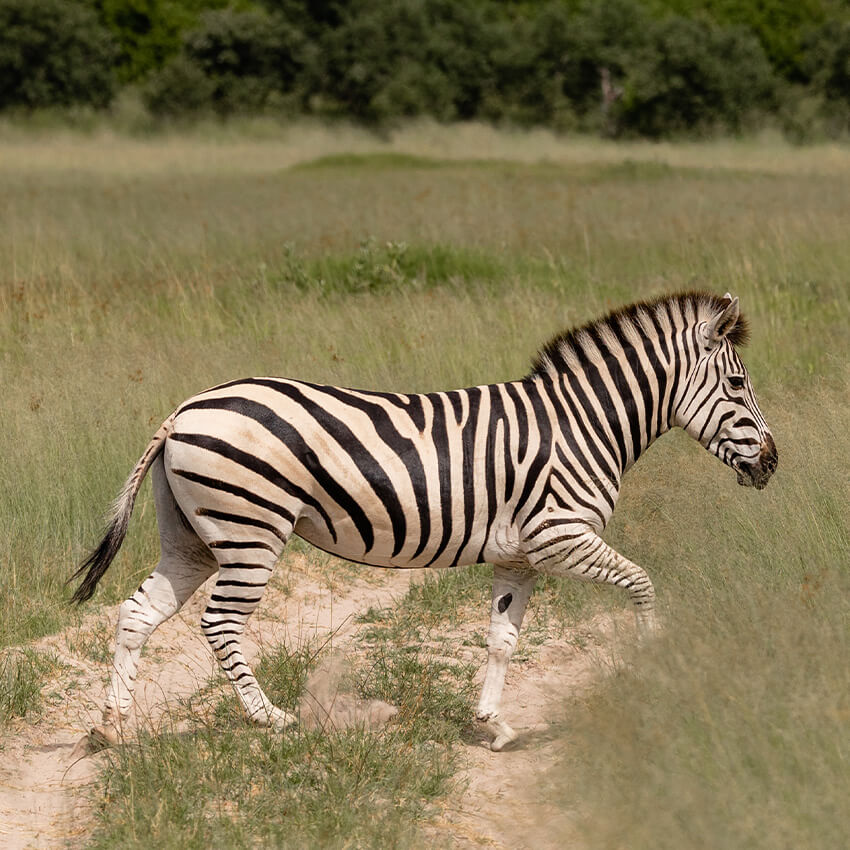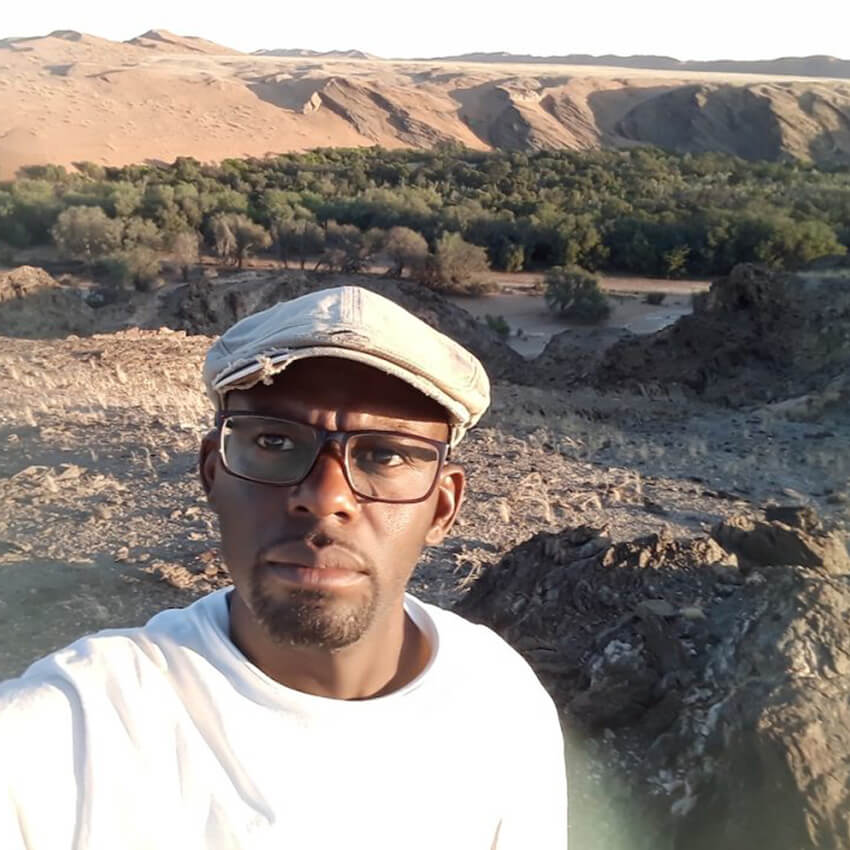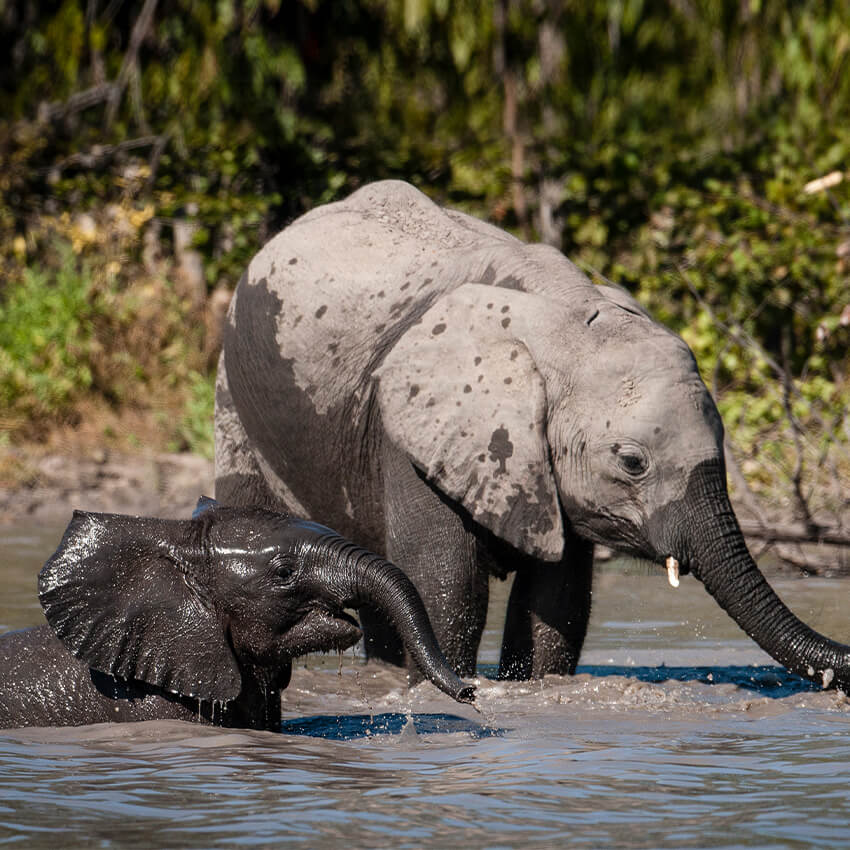Active
Popular
Conservation Focus: Leopards
 Pru Allison
Pru Allison
 March 18, 2019
March 18, 2019
The most elusive of Africa’s big cats, the leopard (Panthera pardus) is always an eagerly anticipated safari sighting. A glimpse of these solitary cats as they slink through the bush, adorned by bold rosettes is an encounter not easily forgotten, and whilst their elusive nature adds to their allure, these magnificent cats are classed as ‘vulnerable’ on the IUCN Red List and their populations are under threat.
The threats are listed as residential and commercial development; agriculture and aquaculture; energy production and mining; transportation and service corridors; biological resource use; human intrusions and disturbance; and natural system modifications. In essence, the biggest problems for leopards are humans.
Conservation is something that we take very seriously here at Natural Selection. In fact, it’s where 1.5% of our total revenue goes. They say that two heads are better than one, so we’ve partnered up with the Botswana Predator Conservation Trust, the University of New South Wales and the Okavango Research Institute for our leopard conservation project.
One of our most productive areas for leopard sightings is Khwai Private Reserve, home to Sable Alley, Tuludi, Hyena Pan, Skybeds and The Jackal & Hide. And it is here that we’ve set up our leopard conservation efforts. The population of leopards that reside at the edge of the Moremi Reserve (KPR adjoining the northeastern boundary of Moremi Reserve) has been left to their own devices, so little is known about them. What we do know is that while they seek refuge amidst the tracts of mopane woodland the area offers, human-wildlife conflict issues arise if they move into community space such as villages and farms.
Through our leopard conservation project, we are working to establish habitat-specific leopard densities and distribution, leopard communication and movements, leopard lair localities and threats to leopards within the reserve, and those which are closer to the villages on the outskirts.
Our hope is that, with this information, we’ll have a clearer understanding of the leopards’ survival strategies and intraspecies interactions. Perhaps most importantly of all, the research will tell us which areas we are most likely to encounter human-predator conflict, allowing us to alleviate the situation before it arises.
Special Offers
Our special offers are designed to help you experience everything southern Africa has to offer whilst also saving some all-important pennies. Whether you’re about to embark on a once-in-a-lifetime solo trip, or are celebrating a special occasion, have a peek at our offers and see what could be in store for you.
















